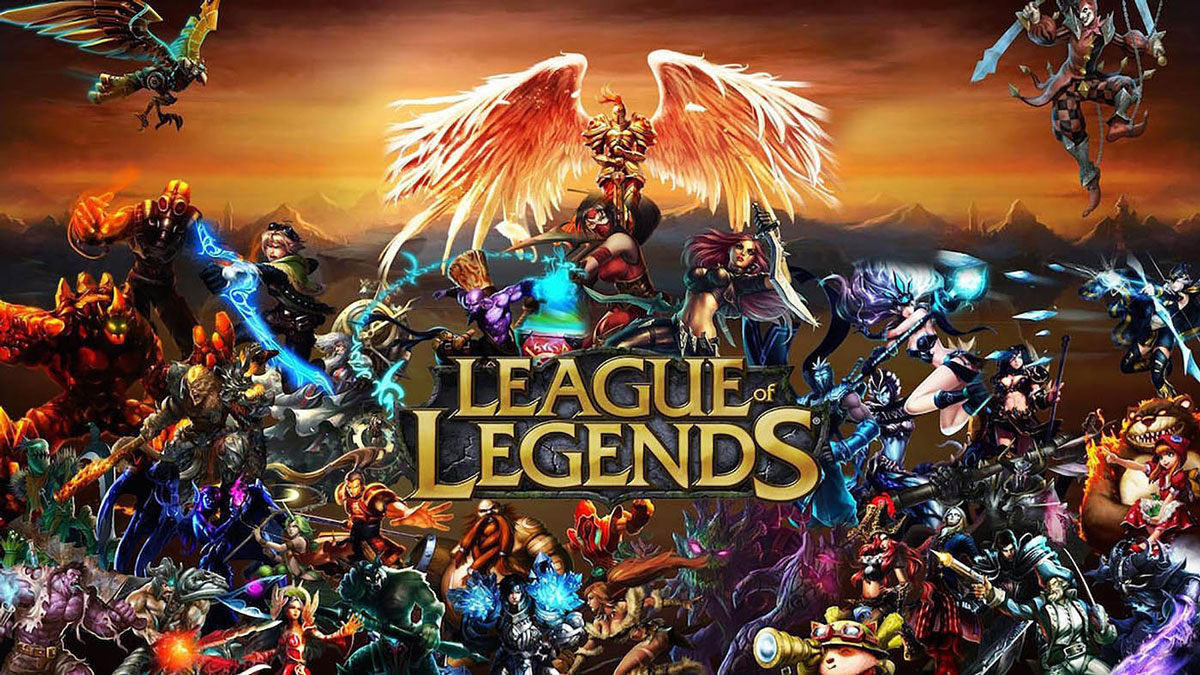How to Report a Player in League of Legends
Whether you find yourself in the Post-Game Lobby or need to report a player days after a game, we’ve got you covered on how to report a player in League of Legends. Reporting players is crucial in maintaining a positive gaming experience, especially when faced with individuals who exhibit toxic behavior. In this article, we will guide you through the process of reporting a player in League of Legends, ensuring you can tackle these issues and keep the game environment free from negativity.
Reporting a Player in the League of Legends Client
If you encounter a player who becomes unbearable during a game, take solace in the fact that you can report them. Whether it’s in Champion Select or immediately after the game in the Post-Game Lobby, follow these steps to report a player:
Reporting a Player in Champion Select
- Hover over the Summoner Name of the player you wish to report.
- Click the red exclamation mark (“!”) located next to their Summoner Name.
- Select the report categories that best describe the player’s behavior.
- Press “REPORT” at the bottom of the report window.
While reporting, it’s advisable to mute the player by clicking the icon beside the report button, ensuring a more comfortable gaming experience for the remainder of the match.
If troublesome players are pushing you to the brink of quitting League, consider indulging in some retail therapy by purchasing the PlayStation 5 on Amazon.
Reporting a Player in the Post-Game Lobby
Follow these steps to report a player after the game has concluded:
- Locate the player you want to report on the Post-Game Lobby screen.
- Click on the red exclamation mark (“!”) adjacent to their Summoner Name.
- Select the report categories that accurately reflect the player’s behavior.
- Provide precise and concise details about their actions (timestamps, offensive language used, etc.).
- Press “REPORT” at the bottom of the Report Window.
When reporting, it’s important to describe precisely what happened, as Riot is more likely to take action based on accurate accounts. However, remember to be concise as well. For instance, refer to Riot Games’ example on reporting a Ryze player who was continuously feeding in the mid-lane after a single death.
Reporting a Player Outside of the League Client
If you missed the opportunity to report a player in-game, don’t worry! You can still report them on the Riot Website using a specific form. Tailor your report to accurately reflect the situation, including the time the player began misbehaving and the details of their actions. It’s important to note that you can only report a player from one of your previous 20 games, so ensure you report promptly.
Things to Avoid When Reporting a Player
In order to maximize the effectiveness of your report, there are a few things to avoid:
1. Do Not Threaten to Report
Continuously threatening to report a player after the game can encourage their negative behavior. Additionally, engaging in arguments with misbehaving players puts you at risk of being reported as well.
2. Do Not Ask Other Players to Report
Contrary to popular belief, the number of reports does not determine whether the system will review a game or not. A single report is sufficient, and repeatedly demanding reports from other players can result in you being reported instead.
3. Do Not Respond to Players Negatively
If multiple players are involved in misbehavior, Riot Games’ report system treats everyone equally, regardless of who initiated the argument. In such situations, the best approach is to mute, report, and move forward.
With these guidelines, you now possess the necessary knowledge to report a player effectively in League of Legends. By reporting disruptive individuals, you help us maintain a clean and enjoyable gaming environment. We hope this article has provided you with useful insights and empowered you to tackle negative behavior within the game.
FAQs
1. How long does it take for Riot to review a report?
Riot Games aims to review reports promptly, but the exact duration can vary. The volume of reports and the complexity of the cases influence the processing time. Rest assured, Riot Games takes each report seriously and strives to address them promptly.
2. Can I report a player for offensive language?
Yes, you can report a player for offensive language. In the report window, you will find appropriate report categories to select from that cover offensive language, verbal abuse, and other related behaviors.
3. Will I receive feedback on the outcome of my report?
Riot Games does not provide individual feedback on reports due to privacy reasons and the sheer number of reports they receive. However, be assured that your reports contribute to maintaining a positive gaming environment and disciplinary actions are taken when necessary.
4. Can I report a player from a previous game I played months ago?
No, you can only report players from your previous 20 games. After that limit, the option to report a specific player will no longer be available. Make sure to report incidents promptly for effective resolution.
5. What other actions does Riot Games take against reported players?
Riot Games employs a variety of disciplinary actions depending on the severity and frequency of a player’s misbehavior. These can range from chat restrictions to temporary suspensions or even permanent bans. The goal is to maintain a fair and sportsmanlike gaming community.




